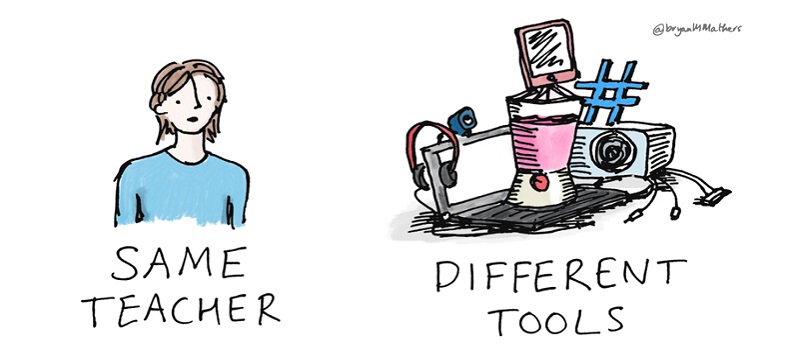2 Making your online materials accessible
There are many types of disability, and many ways in which people with disabilities interact with learning materials. Therefore, generalising about all the considerations that need to be made for learners with particular impairments or conditions is tricky. However, there are common aspects of achieving accessibility in learning materials. You should ensure that:
- materials are clear, consistently organised and explanatory
- information contained in visual elements (e.g. images, video, and text) can be accessed without needing vision
- information contained in auditory elements (e.g. video or sound clips) can be accessed without needing hearing
- display elements can be modified to suit the users needs (e.g. magnification, colour contrast)
- tasks can be performed without needing rapid text input skills, manual dexterity, or visual acuity.
Meeting these requirements does not mean that you have to avoid using elements that some people cannot access (such as video, for example), but rather that you should ensure that the information that you are conveying can be accessed by everyone, albeit in different ways or through different media.
1.1 Types of assistive technology

